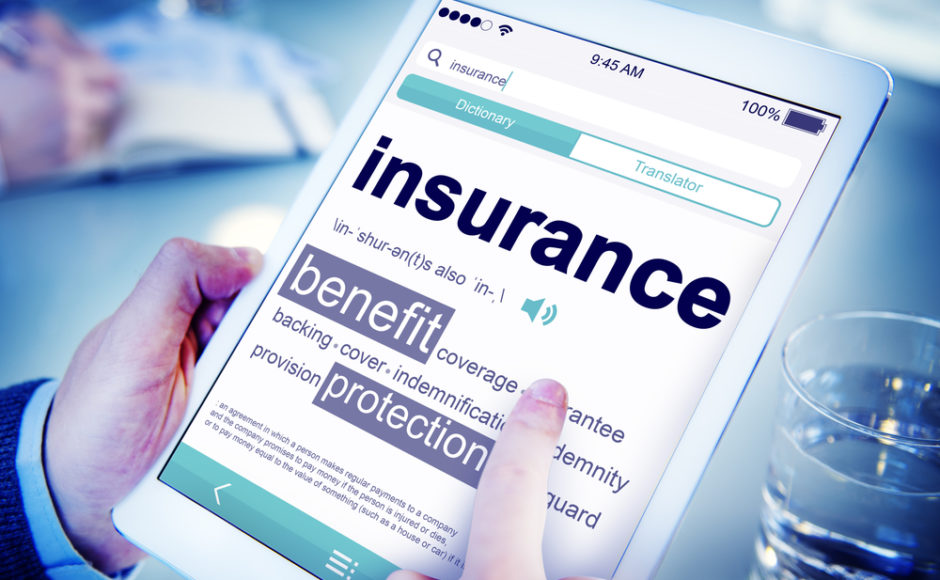Understanding the VAT filing changes
Just three days after the UK leaves the EU, VAT-registered businesses have another change to take on board: the government’s new VAT system goes live. From April 1, all one million businesses who have to file a VAT return will need to do so using the new online system, which is called Making Tax Digital.
Does this apply to me?
All business which are legally required to register for VAT – so which have a VAT-taxable turnover of more than £85,000 – have to sign up. This includes overseas businesses which have UK taxable turnover above the threshold.
Around 35,000 organisations have been given a six-month stay and don’t have to start using MTD until October 1, because their affairs are more complex. These include:
- Trusts
- Not-for-profit organisations that are not companies
- VAT divisions and groups
- Businesses which make payments on account or use annual accounting
- Public sector organisations which have to provide additional information on their VAT return, such as government departments and NHS trusts
- Local authorities
- Public corporations
- Traders based overseas
Small businesses who have chosen to register for VAT voluntarily can choose whether to sign up.
What will change?
Essentially, the scheme is designed to link your computers to HMRC’s computers, so that the software you use to file your VAT return can send information to HMRC automatically.
Kent chartered accountants, Charter Tax, explained: “The idea is to reduce mistakes, and also to enable you to get accurate information about your taxes more easily.”
You will need to submit your VAT returns using accounting software that is on HMRC’s approved list of programs compatible with Making Tax Digital. HMRC is working with more than 150 software providers, including Sage, Xero, Clear Books, Free Agent and Quickbooks – there is a list on its website.
You can use more than one type of software, providing they link to each other – ie can import and export data to each other, without you having to do it manually. You can use spreadsheets, but you may need another software program – called bridging software – to make them compatible with Making Tax Digital.
If you’re not sure about what software to use, your tax accountant will be able to advise you.
What won’t change?
You don’t need to keep any extra records for Making Tax Digital, you just have to submit them electronically. So you need to say what goods or services you supplied, when you supplied them, the price before VAT and the amount of VAT. You’ll also need your business name, address, VAT registration number, and details of any VAT accounting schemes you use (such as cash accounting).
The deadlines for sending returns and making payments won’t change, and the system is only for VAT at the moment, not for other taxes.
If you’re a VAT-registered business and haven’t prepared yet, you’ll need to take action quickly, as returns will only be accepted in digital form from April.




